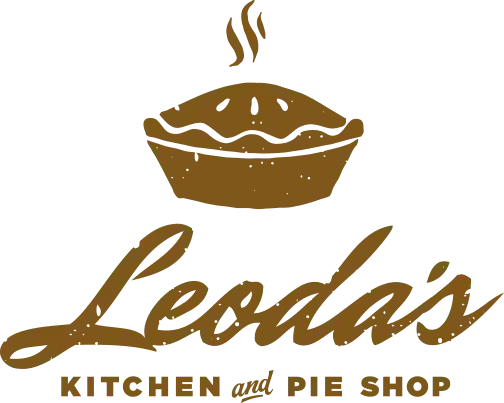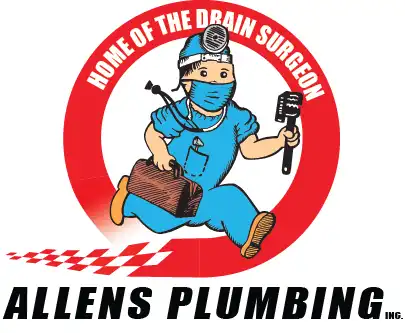10 Tips on Home Recovery After West Maui Fires

Damage Assessment of West Side Brush Fires – An Aerial View of the damage caused by the fires in Puamana and Kāʻanapali (Photos: Ryan Piros 8.26.18)
The recent wildfires in West Maui destroyed or damaged 21 structures, leaving some without a home and others tasked with home recovery to address smoke and soot damage. Efforts are now underway to restore a sense of normalcy to lives disrupted by the unfortunate events.
The Maui mitigation team from Premier Restoration Hawaiʻi (formerly Maui Fire and Flood), with assistance from some Oʻahu crew members, have been assisting with fire cleanup efforts.
The Maui team also spent the weekend bottling UnSmoke 9-D-9, a general purpose smoke odor counteractant and smoke wash, into mason jars to be passed out to homeowners, homeless shelters and communities in Lahaina that don’t have insurance or the means to pay for smoke and soot damage restoration.
Anthony Nelson, Senior Vice President of Operations at Premier Restoration Hawaiʻi on Maui and Oʻahu, compiled a list of steps homeowners can take to begin the process of home restoration.
He said the tips are intended for Lahaina residents who have been affected by smoke and soot damage and who do not have homeowner’s or renter’s insurance, or the means to pay for a fire restoration professional to do the clean up of smoke and soot that has affected their home.
Here’s a list of recommendations: (courtesy Premier Restoration Hawaiʻi)
1. Do you have homeowners insurance?
If you do, you can make a claim and capitalize on benefits.
If you don’t, the following steps may help to get your home back in order.
2. Theory: When soot and water mix, they turn into acid:
To insure health and safety, make sure you wear respiratory protection when cleaning. The N95 mask are perfect for this. Wear gloves.
3. Pay attention to your body:
“It’s going to let you know when you’ve had too much dust, and will be your best barometer for judging when you should get out of the environment and get some fresh air,” said Nelson.

The Maui mitigation team from Premier Restoration Hawaiʻi, with assistance from some Oʻahu crew members, have been assisting with fire cleanup efforts. PC: courtesy.
4. Gross material removal: Try to remove dust and soot as much as you can from both the inside and outside of the home. Minimize dust as much as you can. Do not use compressed air or leaf blowers because if you aerosolize the soot, which is very light-weight, it can travel and cross-contaminate areas of the home that have already cleaned.
5. Workflow Tip: When cleaning, work from the top to the bottom, and the furthest point inwards working out towards the door. That way, when you’re working high, you’re knocking debris down low. Try to touch the surface only once.
6. Use a HEPA filer rated vacuum: Vacuum if your device is HEPA filter rated (High Efficiency Particulate Air). “Use it–it will be your best tool to start sucking up all the ash that’s around your home,” said Nelson. Make sure it is HEPA filter rated. Don’t use just any vacuum because the HEPA filter will catch all the smoke and soot particulates. If it’s not HEPA filtered, it won’t catch the particulates, which will just be sucked up into the vacuum and spit right back out the back of the filter, resulting in cross-contamination.

Premier Restoration Hawaii spent the weekend bottling UnSmoke 9-D-9, a general purpose smoke odor counteractant and smoke wash, into mason jars to be passed out to homeowners, homeless shelters and communities in Lahaina that don’t have insurance or the means to pay for smoke and soot damage restoration. PC: courtesy.
7. Wet Wipe with surfactant: Surfactant is a fancy word for soap. Simple Green is good–just anything that you would typically use to clean most surfaces will work just fine. Make sure you change your wash water frequently. That’s because, as mentioned earlier, when smoke mixes with water, it turns to acid. An acidic solution doesn’t clean as well.
8. Address Air Filtration: Inspect AC filters and change every other day. If you have air conditioning, you’re going to want to change the filter every other day. “It seems silly, but that’s how you can keep your air conditioning running, and then you can close the doors and prevent outside debris from re-entering the home,” said Nelson.
9. Deodorize: There’s a number of different techniques including the use of hydroxols, ozone or pairing agents.
10. Step Outside: Gain some perspective at what you are up against. “The reality is that there are hundreds of acres of fields that have just burned that have tons of ash, which will kick up in the tradewinds. You may think you have things under control, and then a windy day comes along, the process to clean your home may be required again,” said Nelson.









